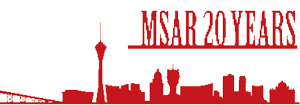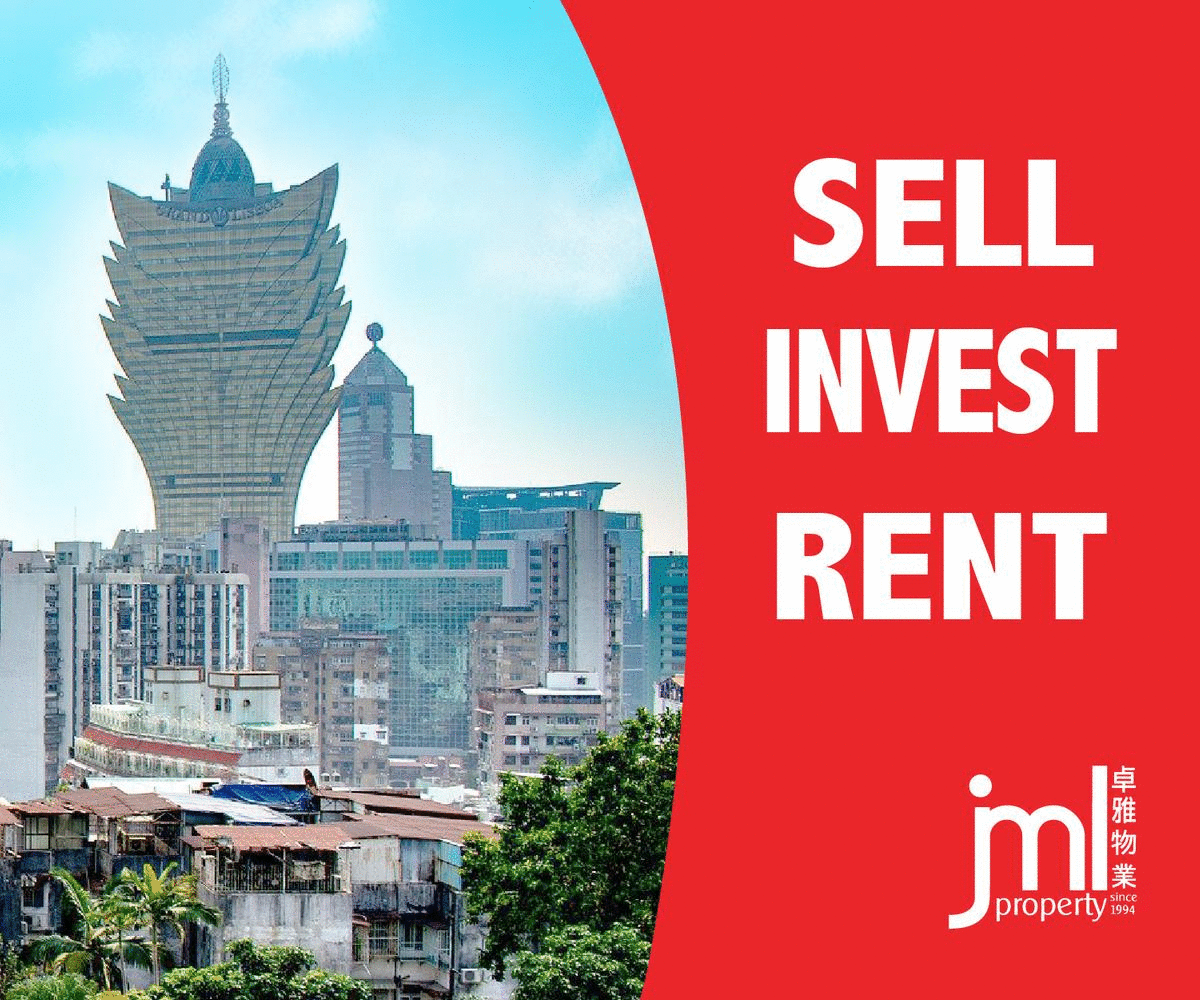“Big fake empty” is a term I first heard from one of my former teachers, who used the phrase to describe a student’s graduation thesis.
The term describes words, speeches, articles, ideas, plans or thoughts which describe an imaginative picture for which there is no exact content, which in turn, allows readers to extract nothing.
The “big” means that the materials concerned (speech, articles, ideas, plans or thoughts) try to include everything that might be linked to the topic under discussion.
The “fake” means that the materials try to praise or correspond to some topics (mostly general plans for the future) with copied words or phrases that do not make up clear and exact explanations about anything.
The “empty” means that they eventually leave readers with no clue whatsoever about what the materials are about, therefore leaving them with no clue about the consequences of the results of the topics the materials were addressing.
“Big fake empty” is not an accusation that something is wrong or fake. It is a phrase used to describe things which do not propose anything concrete or give exact orders.
During the years I have been living in Macau, I have noticed that “big fake empty” speeches pop up every day across the city, in particular, from government statements.
Most of the time, a “big fake empty” speech or plan can be a blank-filling questionaire. There is no surprising news coming from whoever created the plan or the speech.
For example, on October 3 a dispatch published in the official gazette announced that Macau’s urban planning must have a strategy axis for building Macau into a “World Tourism and Leisure Center and a Beautiful Home.” In addition, the government announced 11 goals: enhance Macau as an excellent destination for tourism and leisure; promote Macau’s merge into the Greater Bay Area; enhance Macau’s entrepreneurship capability and diversify Macau’s economic groundwork. Other goals include improving Macau’s business attraction, especially in the aspects of tourism, leisure, environment, culture, innovation, education, scientific research, creativity, and health; promoting and increasing knowledge levels, increasing competence advantage; protecting, recovering and promoting Macau’s historical and cultural heritage, enhancing Macau’s position as the most important cultural center in the region; renovating old areas, conducting urban improvement and recovery works, promoting marine management. It is also to improve infrastructure facilities, enhance public housing supply; establish and enhance response to vulnerable families and communities, enhance the society’s equality and social inclusion; promote efficiency of the resources, and improve the mechanism concerning reducing and the usage of waste; protect environment and improve natural and human made views. Lastly, it is the development of sustainable transportation facilities, increasing the supply of parking spots under a condition which does not post impact to the common public space.
The previous writing or planning style is legitimate and common, since it represents a way for everybody to understand the general concerns behind the social development.
However, it is probably also only true when people only need to understand the general concerns, which is not the case in real life.
In real life, taxpayers want exact information, schedules, step by step lists, facts and detailed reports amongst others, way more than just general information.














No Comments